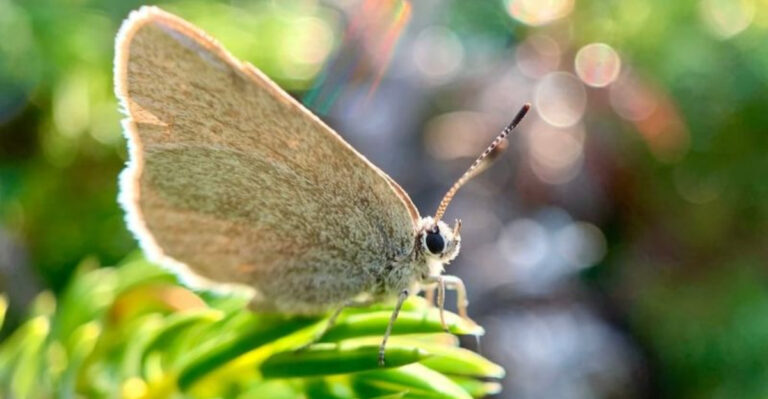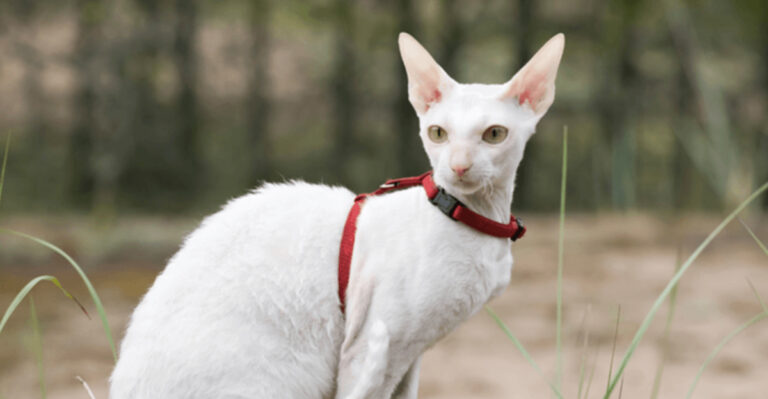Hyena Diet Breakdown: What Do They Really Eat
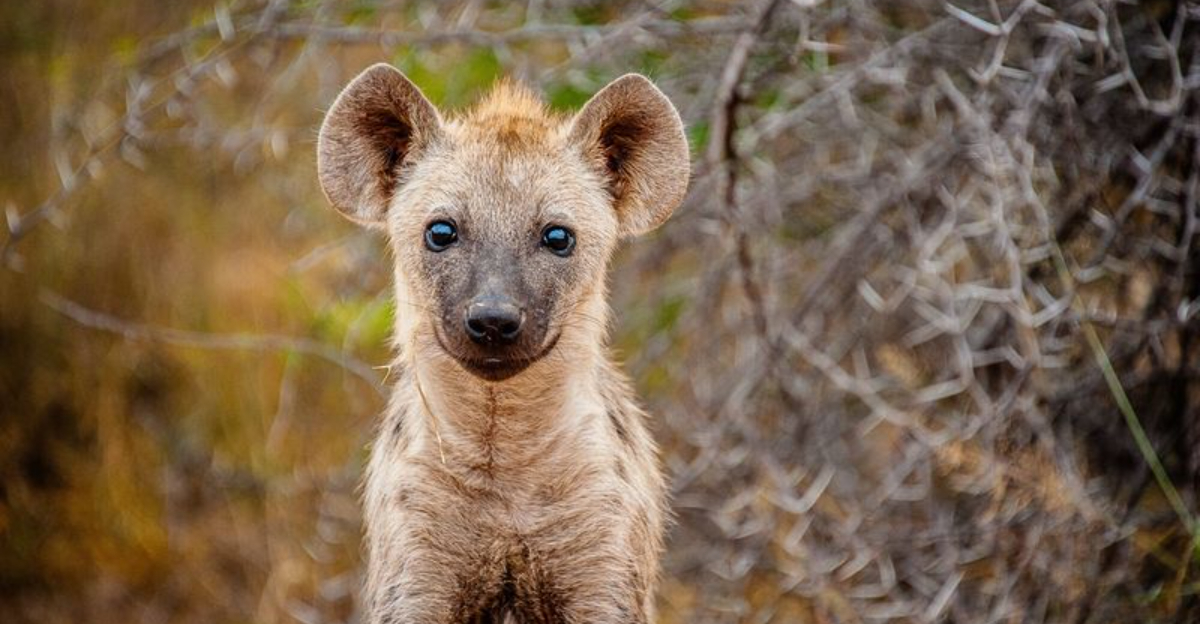
Ever wondered what keeps those cackling predators fueled up? Contrary to popular belief, hyenas aren’t just scavengers stealing other animals’ leftovers. These fascinating creatures have surprisingly complex eating habits that have helped them thrive across Africa and parts of Asia.
Let’s explore what really fills a hyena’s belly and some surprising facts about their dietary preferences.
1. Bone-Crushing Champions
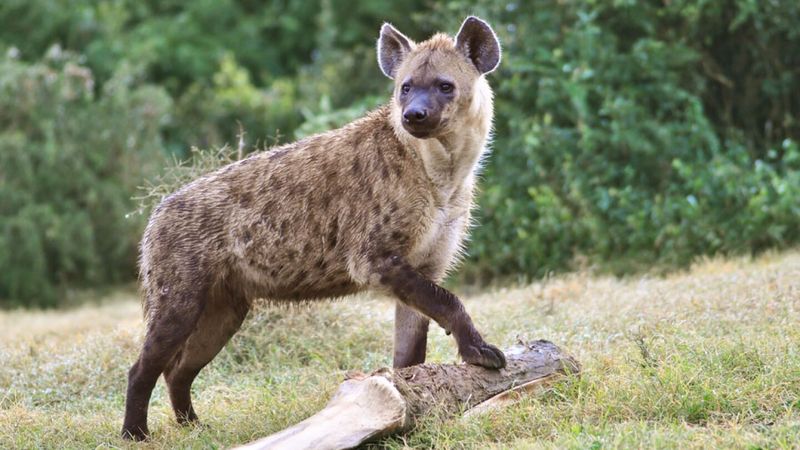
Those powerful jaws aren’t just for show! Hyenas can crush bones that other predators leave behind, accessing nutritious marrow inside. Their jaw pressure exceeds 1,100 pounds per square inch – stronger than lions and tigers combined.
This remarkable adaptation allows them to extract every possible calorie from their meals, leaving virtually nothing to waste.
2. Fresh Hunters, Not Just Scavengers

Forget what you’ve heard! Spotted hyenas actually hunt up to 95% of their food rather than scavenging. They work in coordinated packs to bring down prey as large as wildebeest and zebras.
Their hunting success rate often exceeds that of lions, making them skilled predators in their own right, not just opportunistic scavengers.
3. Midnight Munchies Specialists
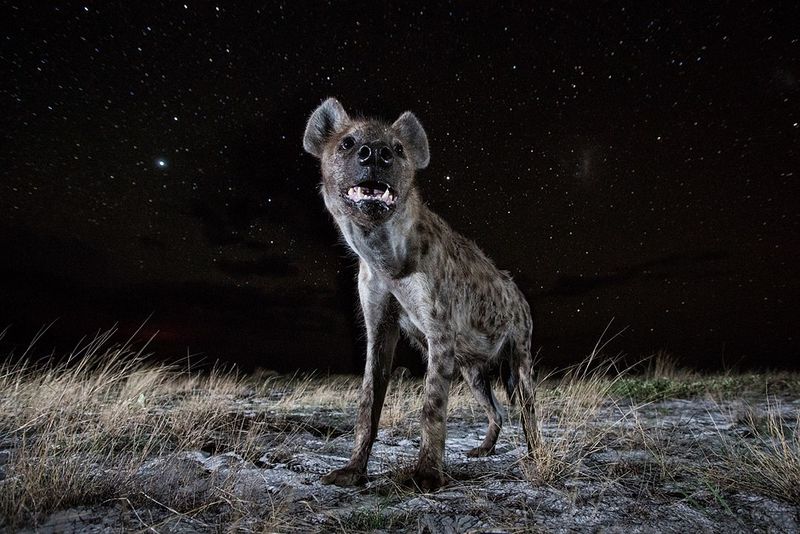
Under the cover of darkness, hyenas truly shine as hunters. Their night vision is exceptional, giving them a serious advantage over prey and competing predators after sunset.
Most hunting occurs between dusk and dawn when temperatures are cooler and their excellent hearing and smell can be fully utilized without the distraction of daytime heat.
4. Garbage Disposal Units Of The Wild

Nothing goes to waste when hyenas are around! They’ll eat every part of their prey – skin, bones, hooves, and all. Their highly acidic stomachs can digest parts that would make other animals sick.
This waste-not approach makes them nature’s perfect cleanup crew, preventing disease spread from rotting carcasses and recycling nutrients back into the ecosystem.
5. Surprising Vegetarians (Sometimes)
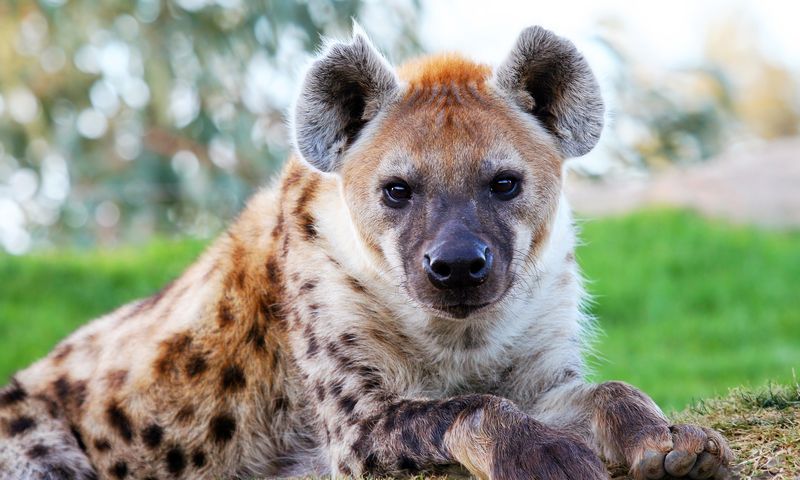
Who knew these carnivores have a soft spot for fruits? During certain seasons, hyenas will munch on wild fruits, berries, and even cucumbers to supplement their meat-heavy diet.
This dietary flexibility helps them survive when prey is scarce. They’ve been observed traveling miles just to feast on particular fruit trees when they’re in season.
6. Stomach-Turning Appetite

Not for the squeamish – hyenas eagerly consume rotting meat that would make most animals (and humans) extremely sick. A specialized digestive system allows them to break down harmful bacteria and parasites with ease.
Thanks to this tough gut, they can safely eat carcasses that have been decaying for extended periods. That ability gives them access to meals other predators have to pass up.
7. Insect Snackers

Small but nutritious! Hyenas won’t pass up the chance to gobble termites, beetles, and other insects when they come across them. Cubs especially enjoy these protein-packed treats that are easier to catch than larger prey.
During termite hatching seasons, hyenas have been spotted lying down near mounds with their mouths open, catching the flying insects with minimal effort.
8. Food Thieves Extraordinaire
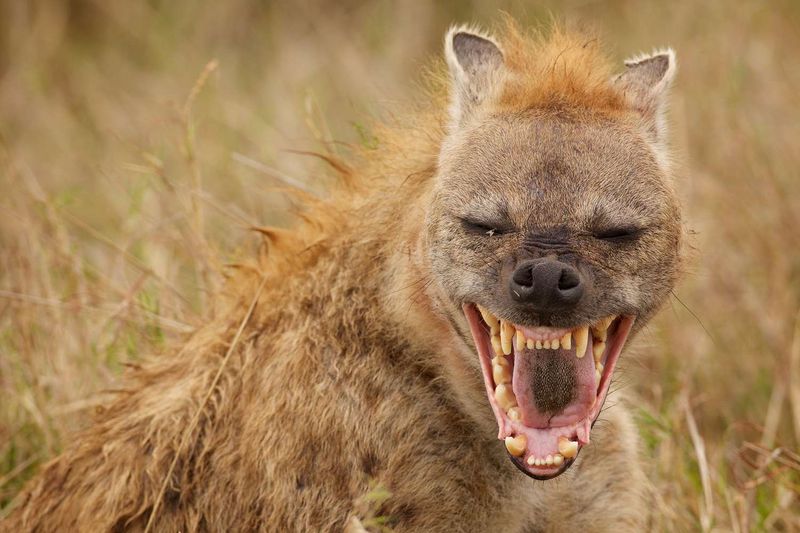
Why hunt when you can steal? Hyenas sometimes chase lions away from their kills using their superior numbers and intimidation tactics. A clan of 15-20 hyenas can successfully drive off a small pride of lions.
This food-stealing behavior, called kleptoparasitism, is an energy-efficient way to get a meal without the risks and exertion of hunting large prey themselves.
9. Incredible Food Storage System
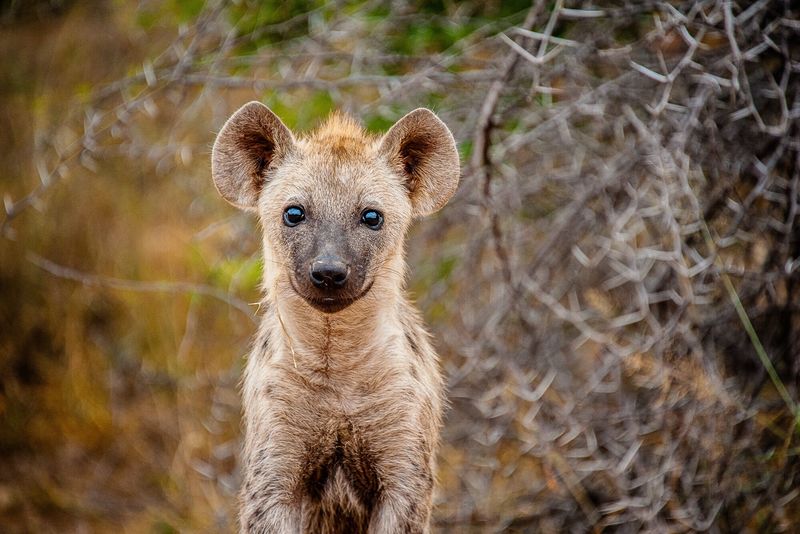
Talk about eating on the go! Hyenas can gorge themselves with up to one-third of their body weight in a single meal, storing excess food in their expandable stomachs for later.
This adaptation helps them survive in unpredictable environments where the next meal isn’t guaranteed. They can go several days without eating after a big feast.
10. Speed-Eating Champions
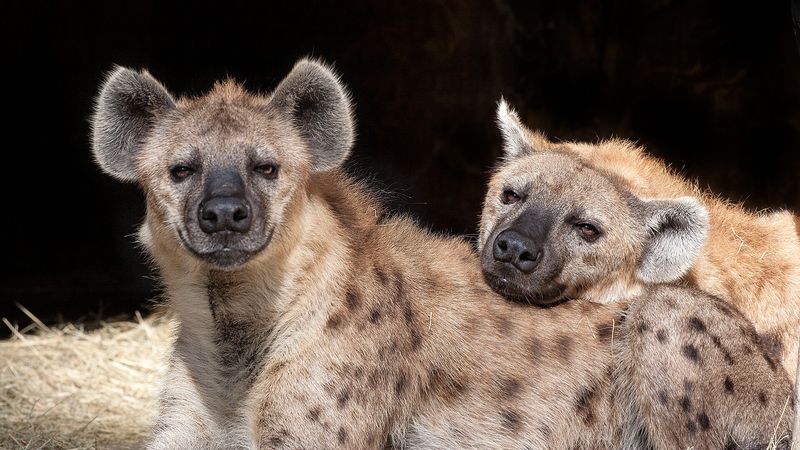
Fast food has a whole new meaning! A group of hyenas can devour an entire zebra – bones and all – in under 30 minutes. Their feeding frenzies are chaotic but efficient affairs.
This rapid consumption reduces the chance of their meal being stolen by other predators. The noisy, competitive feeding helps establish and maintain clan hierarchy.
11. Human Food Scavengers

In areas where hyenas and humans cross paths, it’s common for them to scavenge from garbage dumps and livestock enclosures. Across parts of Africa and the Middle East, they frequently appear near the edges of towns.
Such behavior highlights both their resourcefulness and the potential for human-wildlife conflict. Certain groups have even timed their visits to coincide with festivals, taking advantage of increased food waste.
12. Clan Dining Etiquette
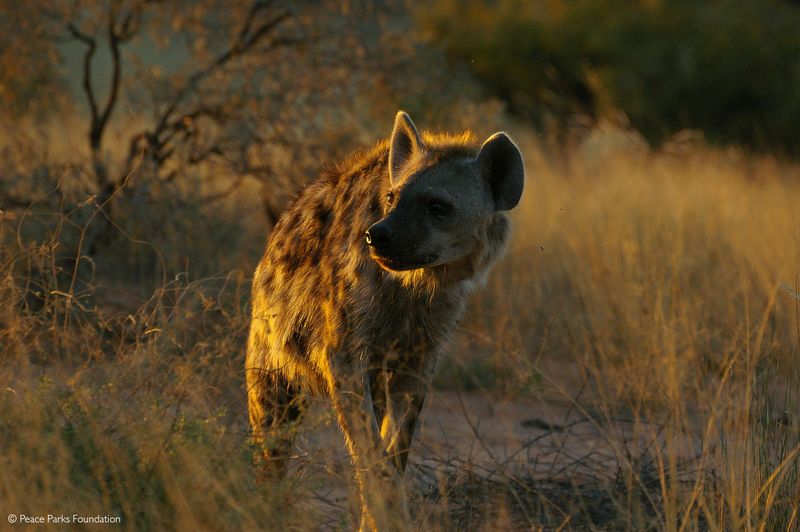
Dinner time follows strict social rules in hyena society. Higher-ranking members eat first, with the alpha female getting priority access to the choicest parts of any kill.
Lower-ranking clan members must wait their turn and often get less nutritious leftovers. This food hierarchy reinforces the complex social structure that makes hyena clans such successful cooperative units.
13. Long-Distance Food Delivery

Mother hyenas are dedicated providers! They can carry meat up to 5 miles back to their dens to feed their cubs, storing chunks in their expandable cheek pouches during transport.
This behavior ensures young cubs get nutrition even when they’re too small to join hunts. Mothers will regurgitate pre-digested food for very young cubs who can’t yet handle solid meat.
14. Seasonal Diet Shifts
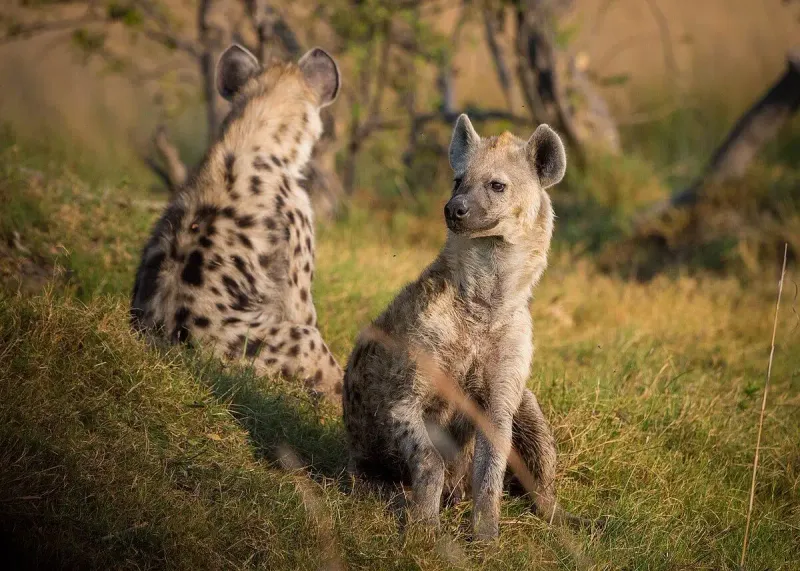
Flexible dining is key to survival! Hyenas adjust their hunting patterns and prey preferences based on seasonal migrations and availability. During wildebeest calving season, they target vulnerable newborns.
When large herds migrate away, they switch to smaller prey or increase their scavenging efforts. This adaptability explains why hyenas thrive in environments where other predators struggle.

